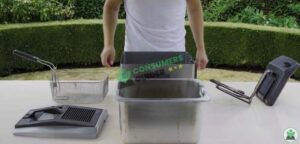Our kitchens are a home for many modern appliances today. They make our lives a lot easier with the services they provide. But, they need your additional care if you want them to continue working for you.
Yes, you got me right! It is a give and take relationship.
And to make it work, you must have some basic knowledge of their mechanism. A good understanding is always the first thing you need to establish if you want to have a healthy relationship with someone or something.
Do you want to have a healthy relationship with your ice maker and not let it make any problem while making ice for you? Here we are to give you some essential facts about your machine so you can develop a better understanding and keep cooperating with each other.
Here is a list of some must-know facts about ice makers.
Basic Mechanism
Your ice maker shares its basic mechanism with that of your freezer, refrigerator, or air conditioner. These machines work under the principles of thermodynamics.
Refrigerant is a gas, used in these machines, that does the magic. When it is changed from liquid to gas, it has the capacity to absorb heat from its surroundings, thus making it cooler.
This gas circulates from one part to the other where a compressor, a condenser, an expansion valve, and an evaporator keep transforming it from liquid to gas and from gas to liquid again.
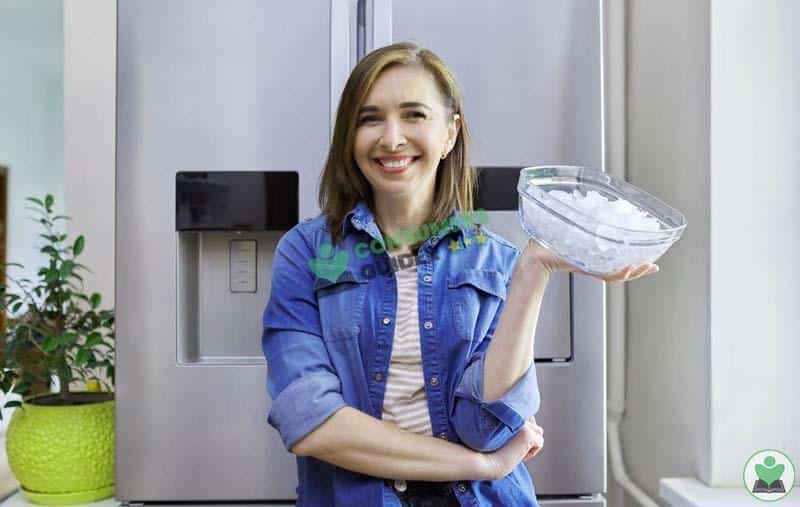
Step-by-Step Process
Making a tray of ice cubes in your freezer is a pretty simple process. You fill it with water, dump it in the freezer, wait for 20 to 30 minutes and it’s ready!
Some ice makers also do it in a similar manner but most of them do not. Here is a step-by-step explanation of the procedure going on in your ice maker.
1. Water Pumping
The commercial or undercounter ice makers are connected with a water supply line. Whereas the portable or countertop ice makers need to be filled with water manually.
The unit will pump the water to its metal trays whether you own a above counter or undercounter ice maker. Some ice makers make cylindrical ice and use pistons to form ice around them.
2. Forming of Ice
Most of the ice makers do not fill the ice making trays with water at once. Instead, water keeps on flowing over them. The extra water gets back to the water reservoir at the bottom of the unit. The extremely cold metal trays or pistons make the water freeze in layers.
The ice produced in this way is far clearer than the ice produced by filling the trays with water at once.
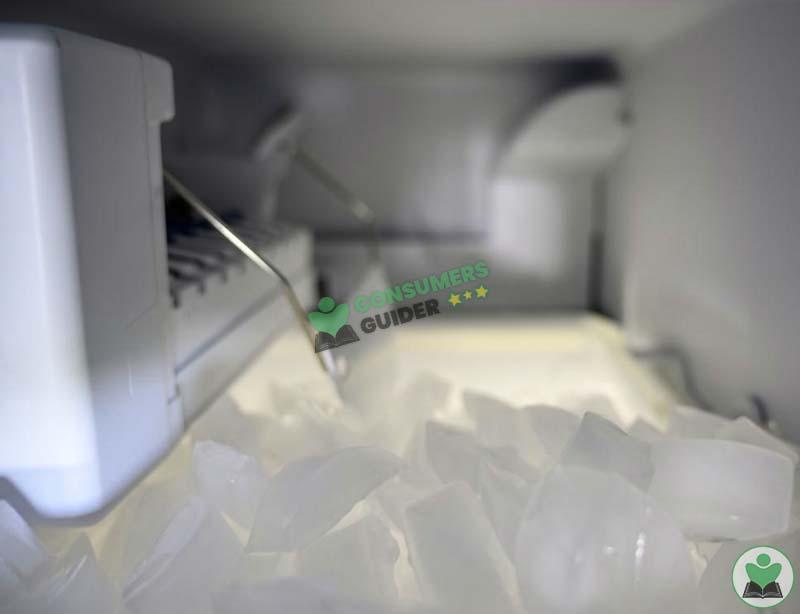
The time your ice maker takes to make a batch of ice depends on your model and also on the size of the ice you are getting from it. Usually, it takes between 10 to 15 minutes for making a fresh batch of ice.
Most ice makers allow you to determine the size of the ice cubes by setting them to longer or shorter time periods.
3. Dispatching Ice
Once the set time for freezing the ice has passed, the ice is dropped in the storage bin. But it does not happen on its own as the frozen cubes have a tendency to stick to the surface.
This process of releasing ice is also different for different ice makers.
For some models, the metal surface is heated to form a thin surface of water between the ice and the tray and a little push of a motorized thin wire slides it out of the mold.
For others, you don’t need a wire and the tilted molds or the hanging pistons make use of gravitational force to dump the ice in the storage bin.
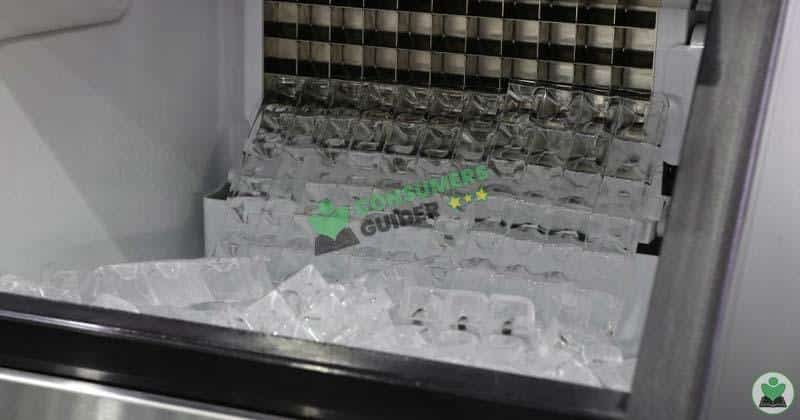
4. Storing Ice
Most of the ice makers store ice in insulated storage buckets for storing ice. Because of the insulation the ice does not melt rapidly but eventually, it does melt if not used in time.
For the countertop ice makers the water from the melted ice goes back to the water reservoir where it is used again for making fresh ice. But for the undercounter ice makers this water is discarded through the drain hole.
In addition to these, there are ice makers available in the market that work as a freezer too. The ice once made is stored in the freezer and does not melt by itself.
Once the ice bucket is full, the ice makers stop making fresh ice. There is an indication button fixed in the bucket, when the stored ice reaches its full capacity, it turns Off the new cycle of ice making. Almost all ice makers are automated in this regard.
5. Turn Off
Did you know that you can actually turn your ice maker Off once it has produced ice?
In commercial ice makers, this is not feasible. These ice makers produce a lot of ice and usually, people who have a commercial ice maker are almost always in need of fresh ice.
Unless you are going on a vacation. You can certainly turn your ice maker Off before you leave.
But, in countertop ice makers you can really do it!
Here we are assuming that if you own a countertop ice maker, your requirement for ice is not huge. You can easily turn Off your unit and save power.
Pro tip: If you only take out your countertop ice maker on special occasions, you can make ice when you need it, fill a few bags, and store it in the freezer. Save electricity, it doesn’t come for free.
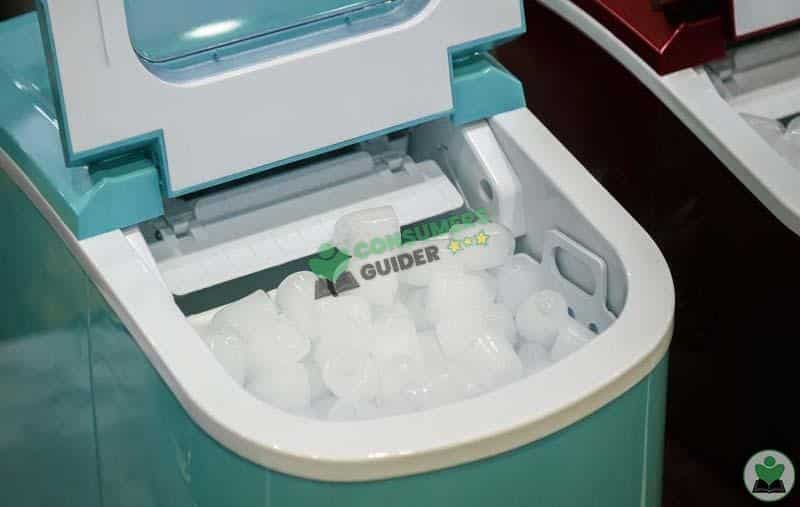
Optimal Temperatures for Ice Makers
Whether it is about the inside of the ice maker or outside, temperatures play a key role in the formation of ice. So here is some basic information you must have if you own an ice maker.
The Temperature for Placement
The ideal temperature around your ice maker should be around 70 degrees Fahrenheit. Temperature above that can make your ice maker work slower.
Most commercial kitchens get heated far higher than this and that makes the ice makers suffer. It is better to install your ice maker outside the kitchen if it gets really hot in it.
The Temperature of Water Supply
The water you are feeding your ice maker must not be above 50 degrees Fahrenheit or it may make the process slower.
The Thermostat
Now let’s talk about the inside temperature of your ice maker. Fortunately, setting this temperature is entirely in your hands and you can take it up or low simply by changing the settings from the thermostat of your device.
The ideal setting for your ice maker is between 0 to 5 degrees Fahrenheit.
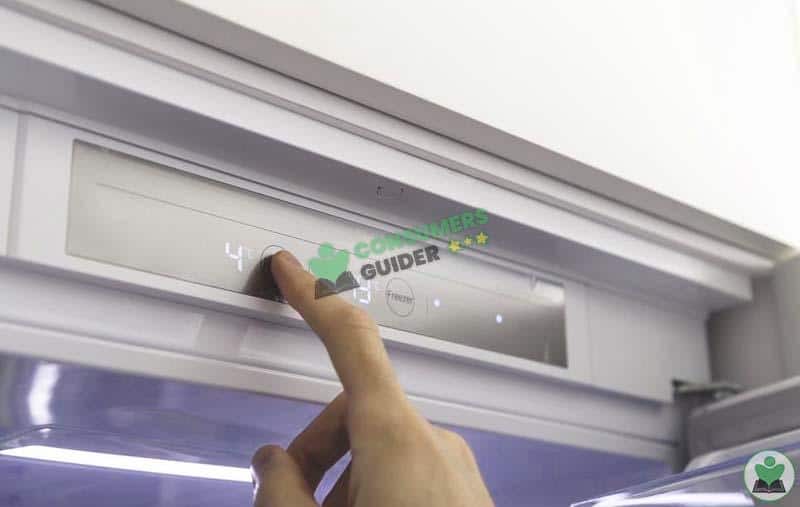
If you set it on higher it will work slower, temperatures more than 10 degrees may stop the ice making altogether.
But, if you set it on too low that is not good either. The temperatures too low can cause water to freeze in the pipelines, resulting in the malfunction of the ice maker.
Frequently Asked Questions (FAQs)
Why does an undercounter ice maker need a drain?
Once the ice maker has made ice, it is dropped into an insulated storage bucket. The ice eventually melts if not used in time. The water from the melted ice needs to be discarded.
This is where you need a drain hole. To discard that extra water out of the unit.
Do you need to leave your countertop ice maker At all times?
Not at all. Once you have the ice you need, you can simply plug out the unit and even take it off the counter to have some extra space there.
What is the best set temperature for an ice maker?
Ideally, you should set the thermostat between 0 to 5 degrees Fahrenheit.
What kind of water should you feed your ice maker?
It is always better to filter your water before you use it in ice making. Some ice makers come with built in filters, but you can always install one with the water supply line especially in case you have a hard water supply.
For countertop or portable units, you can simply pour in some filtered water.
Does ice remain frozen in the storage bucket?
With a few exceptions where the ice makers also work as freezers, the answer is NO. The storage buckets are insulated in most cases but ice melts if it stays in them for longer time periods.



